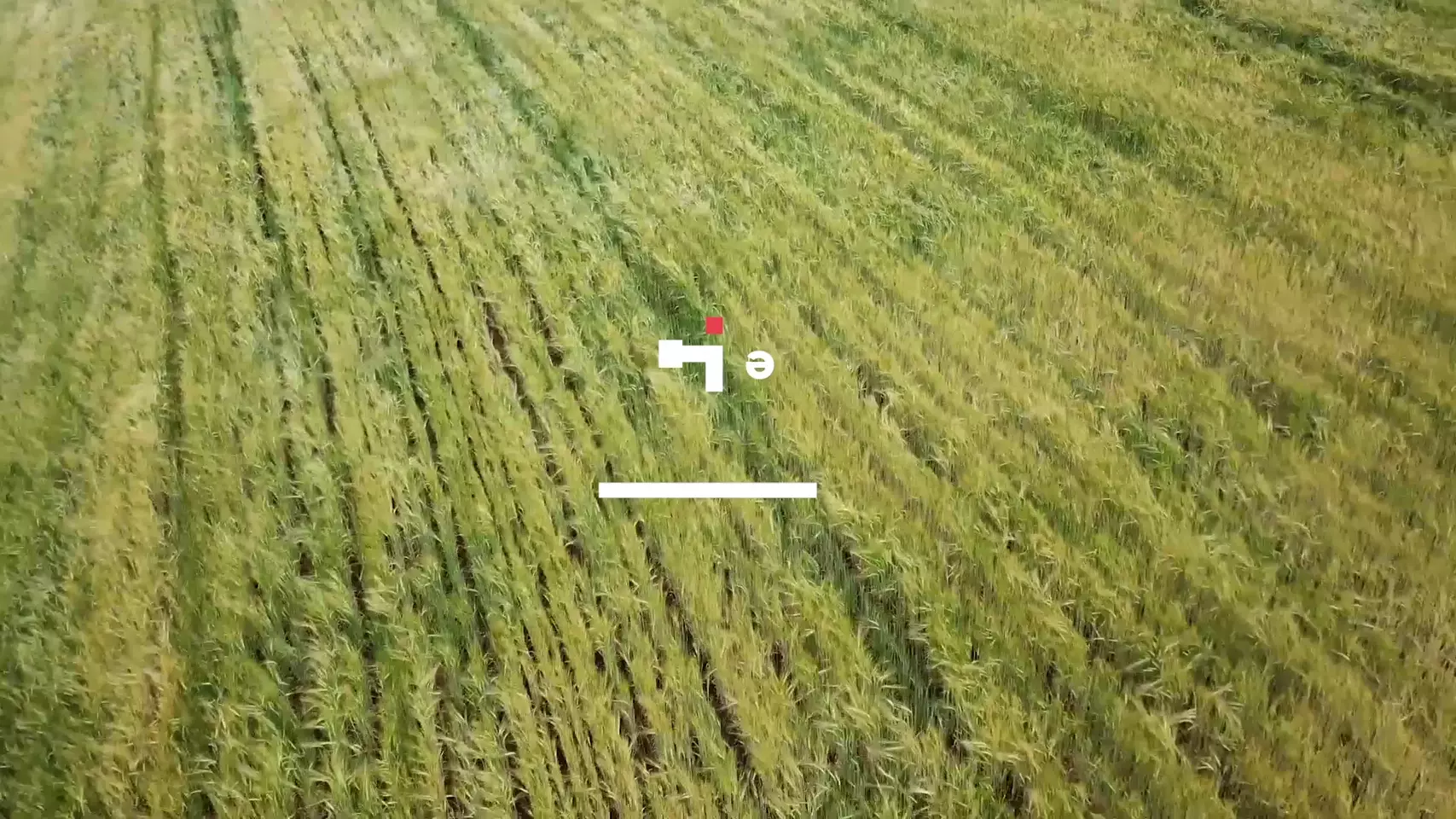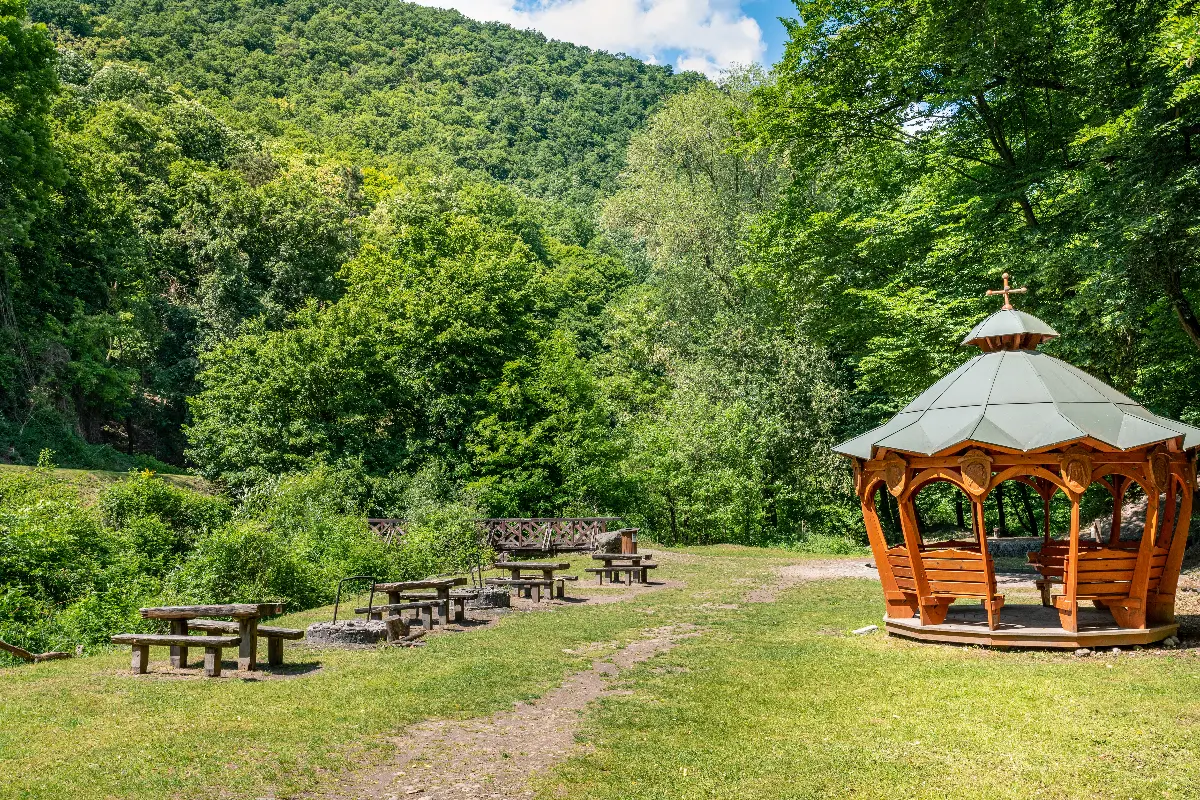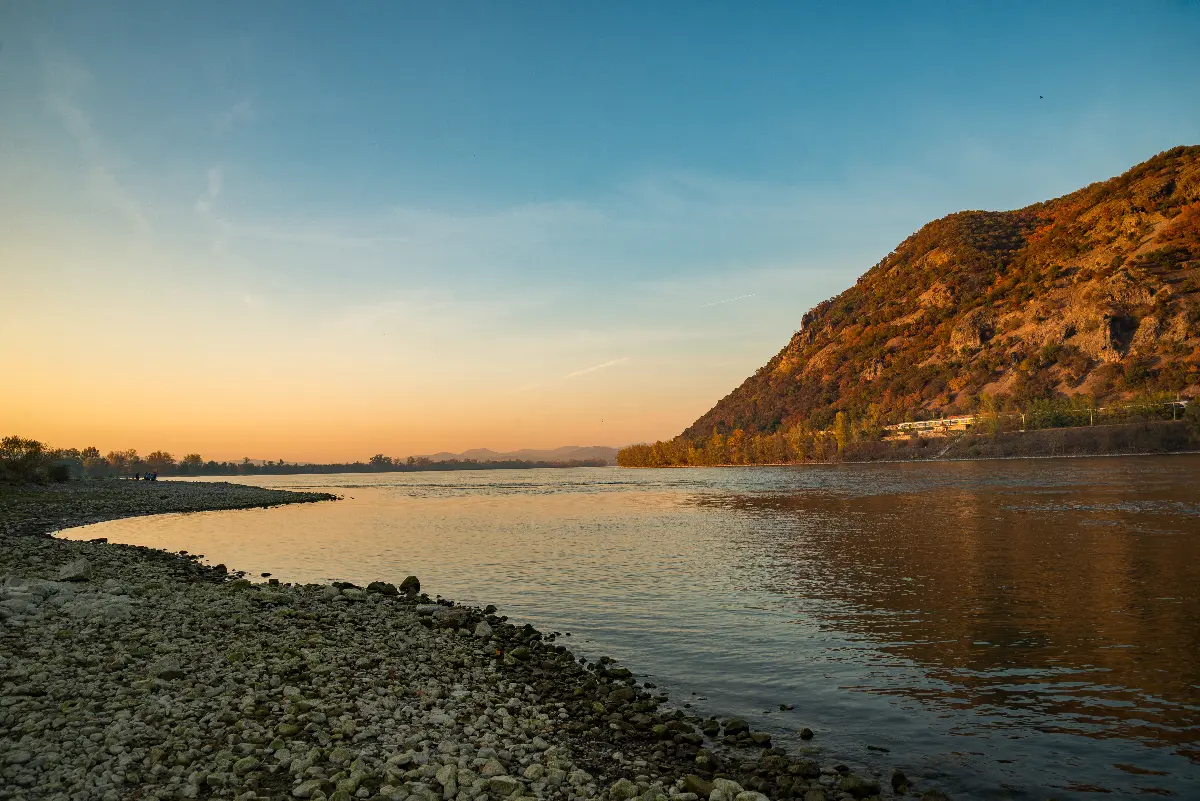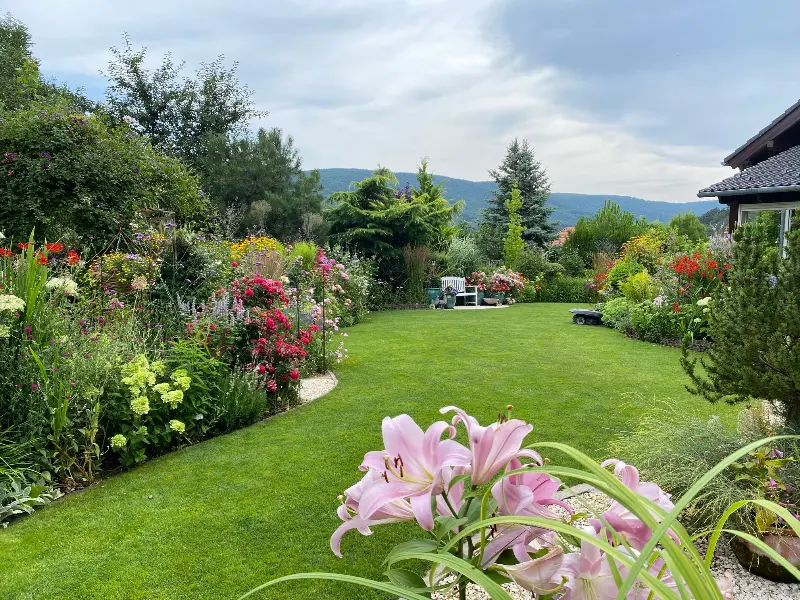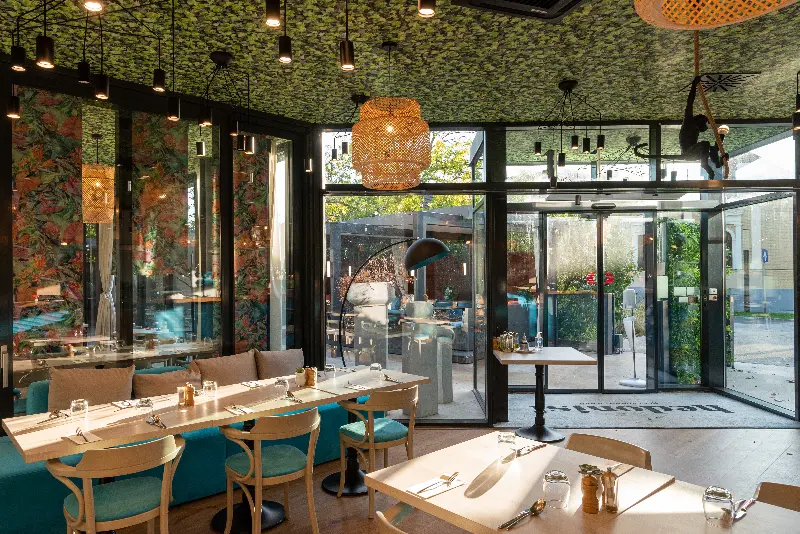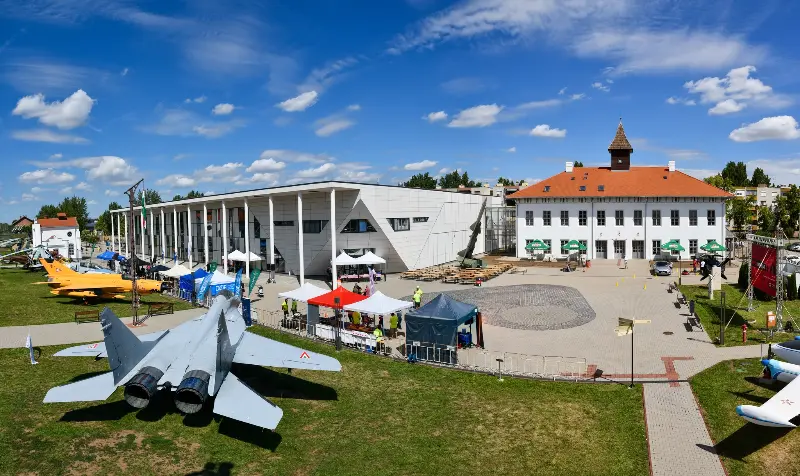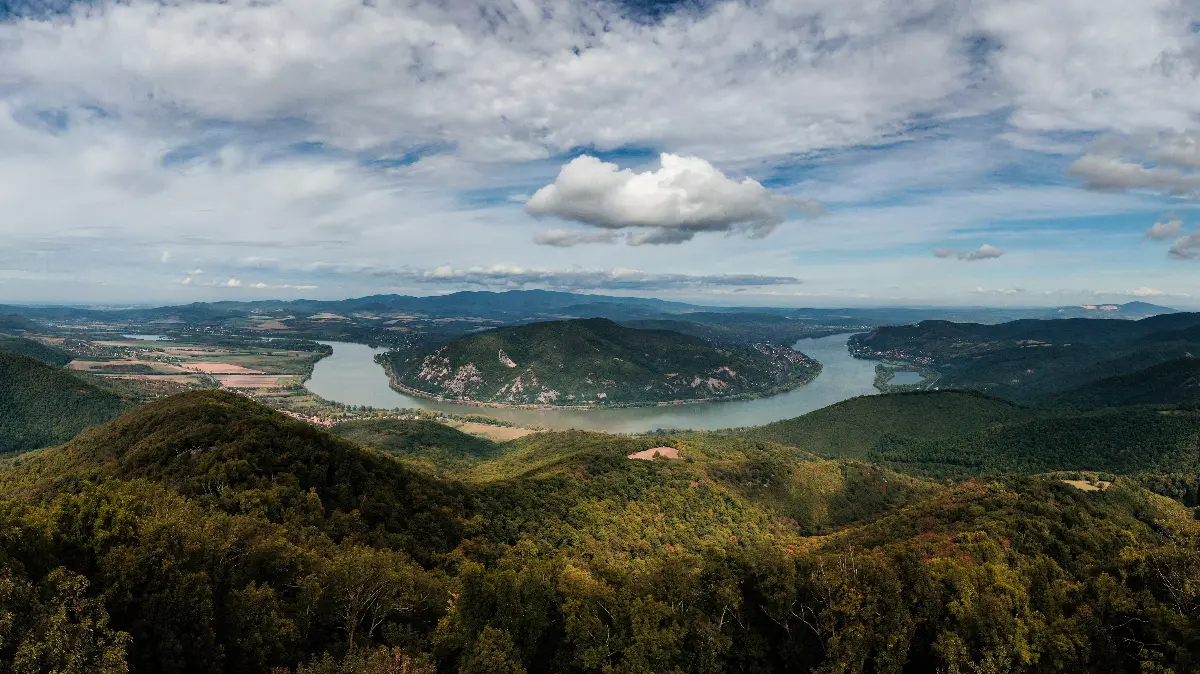
Helyszín címkék:
Prédikálószék – The Eye of the Danube Bend
DunakanyarGO
The name of the peak is derived from the shape of the rock formation and had been originally called Predigerstuhl in German, which was later translated into Prédikálószék, which means literally “preaching chair” or pulpit in English. The 639-metre-high peak is the third highest point in the Visegrád Mountains (behind the 699-metre Dobogó-kő and the 654-metre-high Öreg-vágás-hegy), and the ninth highest in the Dunazug Mountains. If you come to Dömös by car, you can park behind the Community Centre or the Catholic Church, between 8 AM to 6 PM for 200 HUF per hour, or buy a daily ticket for 1000 HUF. Be prepared that the machine only works with 200 HUF coins, so neither paying with banknotes nor online payment is available. If you are coming by bus, get off at either the boat station or the church and look for the red lane sign. Whether you start from Szent István or Duna utca, they both lead to Királykúti utca, which will take you to the valley of the Malom stream in Dömös. Along this road you can follow the red, yellow and green signs to Szentfa-kápolna (lit. Chapel of the Holy Tree), which commemorates the apparition of Mary for two little girls from Dömös.
According to the story, they were resting at the foot of a beech tree, and looking up at the tree, the Virgin Mary appeared to them with the baby Jesus in her arms. The tree then became a place of pilgrimage.
At the base of the chapel there is a fountain named after György Kaincz, and above it, further up at the banks, you can see the red triangle next to the red, yellow and green signs. From here, the easy walk turns into a steep climb, often getting from one tree to the next to reach the unique rock complex: the Vadálló-kövek (lit. Wild Standing Stones). Some of the pieces of this uniquely shaped volcanic rock formation have been given their own names: the Nagytuskó (lit. Big Boulder), the Széles-torony (lit. Broad Tower), the Bunkó (lit. Boulder), the Függőkő (lit. Hanging Stone), the Felkiáltó jel (lit. Exclamation Mark) and the Árpád trónja (lit. Throne of Árpád). From here you have a partial view of the Danube bend, the valley of the Rám-szakadék and the plateau of the Dobogó-kő. Continuing along the ridge of the Vadálló, you reach the viewpoint of the Prédikálószék at a comfortable pace. From here you can see probably one of the most astonishing views in Hungary.

Built in 2016, the lookout was designed by Ybl Prize-winning architect József Koller, who also wanted to preserve the original structure and natural formations. During the construction work, the contractors paid special attention to preserve the undisturbed flora and fauna in the area. The three terraces of the 12-metre-high wooden building gradually open up to an unparalleled panorama of the entire Danube Bend. Individual paintings on each level depict the memory of Hungarian kings who played a significant role in the region. The new lookout also offers state-of-the-art services for the hundreds of thousands of visitors who come to the site every year: free Wi-Fi and two webcams at the top. There is also a fire pit, benches and tables next to the lookout. On the way back, go along the red triangle sign, then follow the red cross sign to Király-patak and Király-kút until you reach the green sign along the banks of the creek towards the Rám-szakadék. Here you return to the romantic valley of the Malom-patak, along which you can reach Dömös. The hike is 14.6 kilometres long, with a difference in altitude of 550 metres, and takes 5 hours.
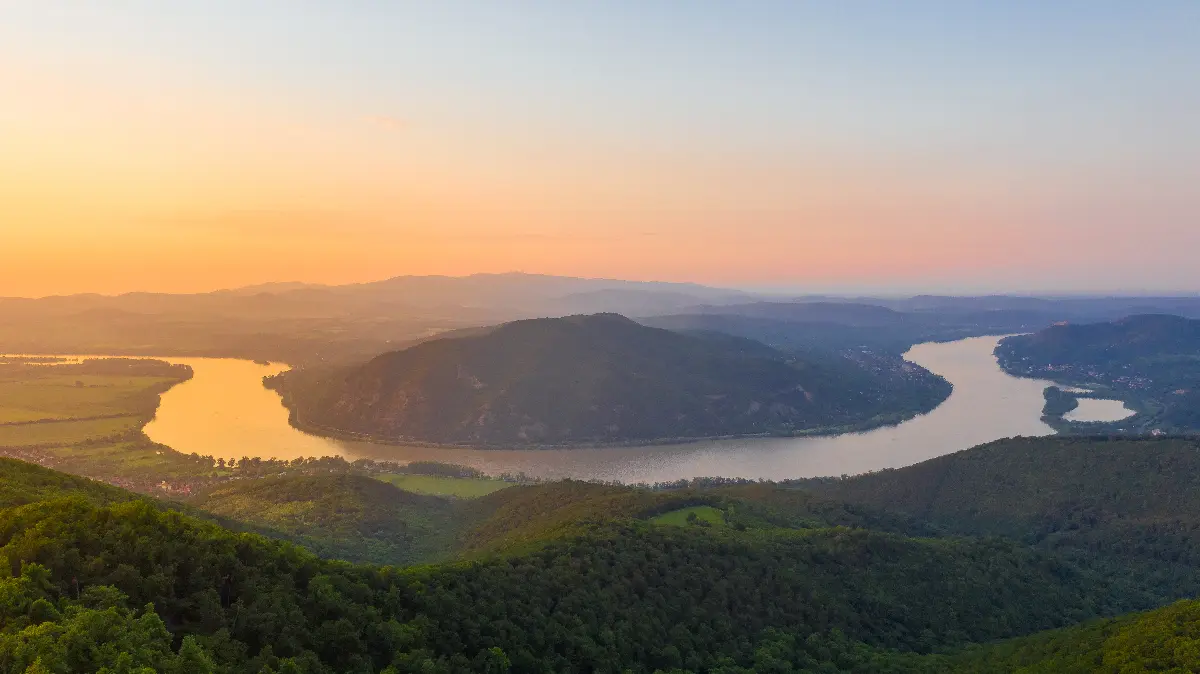
The Prédikálószék can be approached from Lepence on the green sign, from Pilisszentlászló on the red sign, and from Izbég – part of Szentendre – from the direction of Dömörkapu-Sikáros. The entire hiking trail is a highly protected part of the Danube-Ipoly National Park, where many animal and plant species enjoy strict protection, so do not pick flowers, harm animals or stray from the marked hiking trail.
